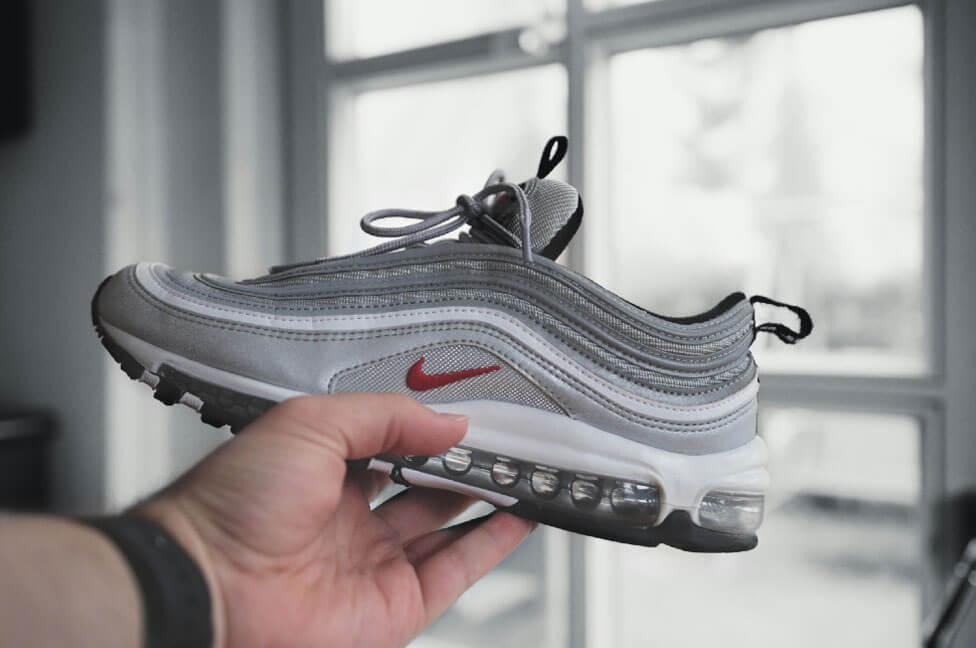
by Kourosh Nikoui | June 14, 2024 | Footwear/Shoeprint
Behind every step we take is a carefully made sole that provides comfort, support, and grip. Making shoe soles is a detailed process using different techniques and materials. Beyond fashion, shoe soles are also important in solving crimes. Let’s explore how shoe soles are made and how they help in forensic investigations.
Before we talk about how soles are made, let’s understand what a sole is made of:
The manufacturing process of footwear soles is a multi-step journey that involves precision engineering, innovative materials, and skilled craftsmanship. While specific techniques may vary depending on factors such as shoe type, design, and intended use, the following steps provide a general overview of the process:
Footwear soles come in a wide variety of patterns and designs, each tailored to specific needs and preferences. Some common sole patterns include:
In addition to pattern variety, footwear soles are manufactured using a range of methods, including compression molding, injection molding, vulcanization, and direct soling. Each method offers unique advantages in terms of production efficiency, cost- effectiveness, and quality control, allowing manufacturers to customize their processes to meet specific requirements.
Beyond their functional and aesthetic attributes, footwear soles also serve as valuable forensic evidence in criminal investigations. Just as no two fingerprints are alike, the damages to tread patterns and wear characteristics of footwear soles are unique to each individual shoe. Forensic footwear examiners can analyze shoe impressions found at crime scenes and compare them to known shoe patterns to establish links between suspects and crime scene.
By examining the size, shape, depth, and wear patterns of footwear impressions, forensic investigators can glean valuable information about the movements, actions, and identities of individuals involved in criminal activities. This meticulous analysis can provide crucial insights that help forensic investigators reconstruct events, identify suspects, and ultimately bring perpetrators to justice.
The manufacturing of footwear soles is a blend of artistry, engineering, and innovation, resulting in the creation of essential components that support and protect our every step. From pattern design to material selection to molding and assembly, every stage of the manufacturing process is executed with precision and attention to detail. By understanding the intricacies of sole manufacturing and the variety of patterns and methods involved, we gain a deeper appreciation for the craftsmanship and expertise that goes into creating the shoes we wear every day. Moreover, the forensic aspect
highlights the crucial role of footwear/shoe soles in criminal investigations, showcasing their significance in forensic science.
Forensic Investigator and Specialist Kourosh Nikoui, Principal Consultant and CEO of Nikoui & Associates, Forensic Identification Services & Consulting, Inc., has over 38 years of full-time experience in forensic science and criminal justice with various law enforcement agencies, government and private entities. Mr. Nikoui, a court-qualified expert, is a Certified Latent Print Examiner, Certified Senior Crime Scene Analyst, and Certified Forensic Photographer by the International Association for Identification. He has testified as an expert witness over 150 times in California Superior and U.S. Federal Courts, processed evidence in over 30,000 criminal and civilian cases, and served as a consultant to numerous law enforcement agencies. Mr. Nikoui holds a BFA degree from USD and is an active member of multiple forensic science organizations. He can be reached directly by calling (866)439-6753 or by email at [email protected]